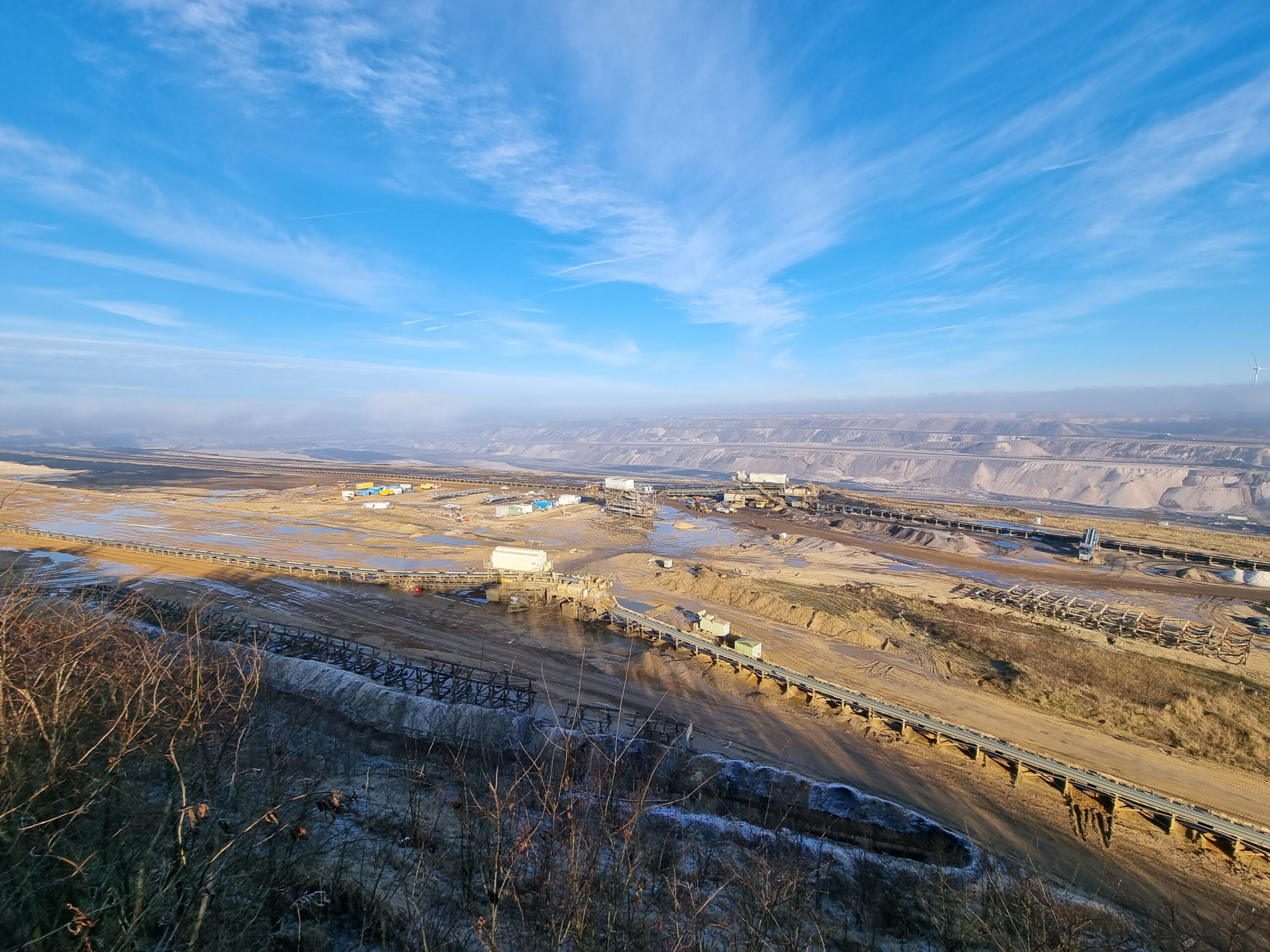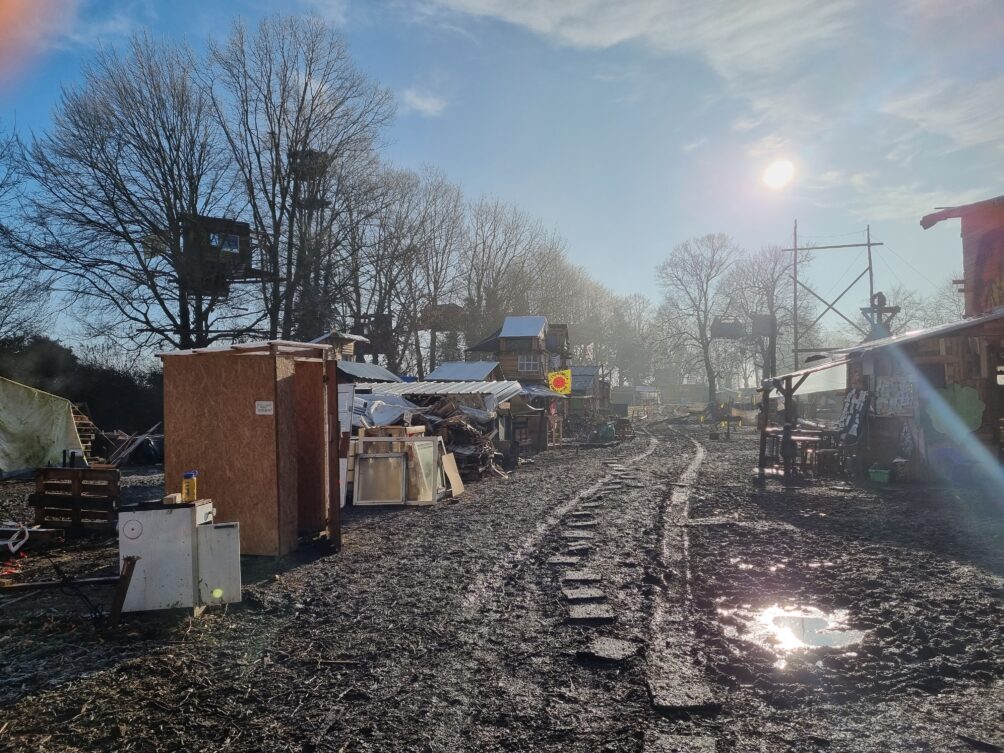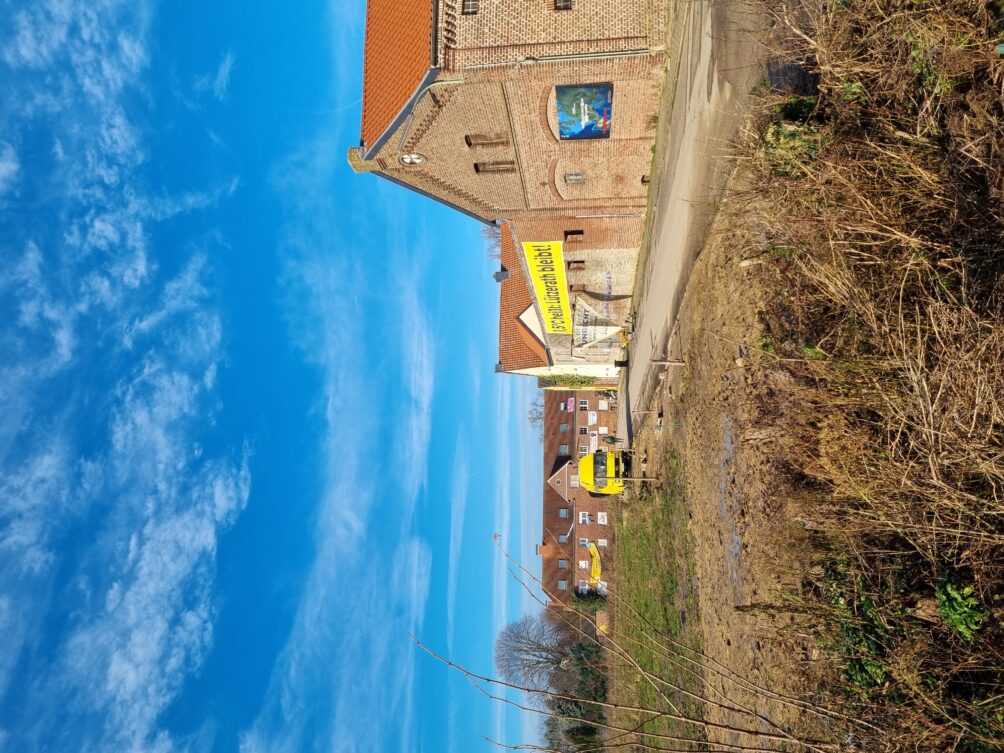
About Decarbonizing Europe
What does the Recovery and Resilience Facility entail?
The European Commission has made available an amount of 723.8 billion euros
to combat the consequences of the corona crisis and make Europe greener, cleaner, and future-proof. All member states have the opportunity to submit plans for disbursement from this Recovery and Resilience Facility.
Who is participating in the Recovery and Resilience Facility?
All the member states of the European Union. All member states? No, The Netherlands has not submitted plans as yet. Although, it became public knowledge at the end of January that hard work is going on behind the scenes in the Netherlands to secure some of those European billions.
What do the member states have to spend the money on?
At least 37 percent of the funding should be used for making their countries more sustainable and 20 percent for digitalization. In addition, there are also other key points:
– Smart, sustainable and inclusive growth
– Social and territorial cohesion
– Public health, economic, social, and institutional resilience
– Policy for future generations
What else is happening?
Apart from that, the EC has identified several so-called flagship areas:
– Power up
– Renovate
– Recharge and Refuel
– Connect
– Modernise
– Scale-up
– Reskill and upskill
What is Innovation Origins planning to do?
Over the next few months, we will be focusing on the implementation of these plans. We will be outlining what each country is doing to reduce CO₂ emissions, and we will be reporting on innovative projects. Infographics will allow you to compare the member states’ efforts with each other.
For anyone wandering around the village of Lützerath, the reality of ‘Germany, the land of hydrogen’ still seems a long way off. The village is situated on the border between a gigantic quarry where an F60 coal digger (the largest moving machine in the world) is working its way through the earth, and a large, old farmstead surrounded by meadows.
Despite its grand climate ambitions and a bold Recovery and Resilience (RRF) plan, Germany is still drawing a quarter of its energy supply from coal. Lützerath lies on the edge of the Garzweiler brown coal pit. This is where the energy company RWE extracted 19.4 million tons of lignite (brown coal) out of the ground in 2020. Coal from the quarry feeds the coal-fired power plant in nearby Neurath. The power plant is Europe’s second biggest polluter in terms of tons of CO₂.emissions (six of the European Union’s ten biggest polluters are in Germany).
Ghost town
The brown coal quarry has turned Lützerath into a ghost town. Houses have largely been bought up by RWE and then demolished. The windows of the buildings that are still standing have been nailed shut. Security guards (hired by RWE) drive through the streets day and night and are stationed at dozens of points around the quarry. Attempts to get closer to the quarry are futile (“Komm zurück, keine Bilder machen hier!“).
Farmer Eckhardt Heukamp is the last remaining resident of Lützerath. “He doesn’t want to give up the farm that has been in his family for generations and also firmly believes that the brown coal era is over,” says Laurens (not his real name), a resident of the activist camp on Heukamp’s property.
Festival grounds
The farmer, who is not at home, may be the last official resident of the village, but he is not on his own. For the past year and a half, he has been hosting around 150 climate activists on his property. Many of them had previously opposed brown coal mining in the Hambach forest. And with success, so they since moved on to Lützerath. Laurens gives a guided tour of the site which resembles a festival. It is a colorful collection of tents, vans and tree houses.
Although the new German coalition agreement promises an end to coal-fired power generation by 2030 (although the German Development and Resilience Plan (DARP) still stipulates 2038), RWE is still planning to expand the Garzweiler quarry. Originally the idea was that after Lützerath, the five surrounding villages (Berverath, Keyenberg, Kuckum, Oberwestrich and Unterwestrich) would also have to go, but the North Rhine-Westphalia government postponed the final decision on the matter until 2026. More than enough reason for the group of activists to stay.


Emotional value of brown coal
Germany is struggling to bid farewell to brown coal, says Dirk Jansen. He works as Managing Director at BUND NRW, the North Rhine-Westphalia branch of the Friends of the Earth environmental organization. “Brown coal has an emotional value for many Germans. The smell of brown coal is familiar, it is reliable because it comes from our own soil and it has provided Germans with heating for generations. In former East Germany, it provided three-quarters of the energy supply.”
Yet a final farewell is inevitable. Studies by the German Institute for Economic Research (Deutsches Institut fur Wirtschaftsforschung, DIW) and the research institute Coal Transitions, among others, indicate that if RWE digs up those planned 780 million tons of brown coal by 2030, Germany will not be honoring its commitments under the Paris Agreement. “To stay below the threshold of 1.5 degrees Celsius of global warming, this amount of brown coal has to be brought down to a maximum of 210 million tons,” Jansen states. However, RWE itself refers to a law (Kohleausstiegsgesetz) that allows Garzweiler to expand to avoid energy shortages.
Brown coal has an emotional value for many Germans. The smell of brown coal is familiar, it is reliable because it comes from our own soil and it has provided Germans with heating for generations.”
Dirk Jansen, Managing Director BUND NRW
A conservative state
The national goal is to generate 80% of the energy sustainably by 2030. This is a highly ambitious goal for North Rhine-Westphalia, which relies on heavy industry and accounted for a third of Germany’s total CO2 emissions in 2018.
Moreover, the state’s Landtag (parliament), which is formed by the conservative CDU and the liberal FDP parties, has blocked the expansion of sustainable energy sources. Says Jansen: “In North Rhine-Westphalia, currently 20 percent of the energy is renewable. The focus is still on coal and brown coal. As good as it is that the government in Berlin is committed to ambitious climate plans, as long as regional governments block plans for sustainable energy, that won’t help us much.”
Jansen sees a commitment to all forms of renewable energy as the only way out and hopes for more progressive wind after the state elections in May. “Of course, energy will still have to be imported from abroad or from other regions, but we also need to focus on the local generation of sustainable energy. If we can set up that chain here, it will be a real booster for local industry.”
SmartQuart
The local generation of sustainable energy is exactly what the SmartQuart project is aiming for. The plan is to facilitate “energy transition on a local scale” and forms part of the “Reallabore der Energiewende”, a program subsidized by the German Federal Ministry for Economic Affairs and Energy (BMWi) and which also appears several times in the DARP. In total, BMWi has invested €19.5 million in the project, which three different, but typically German, districts are participating in.
Bedburg has been christened the “electricity district“. SmartQuart is building around 130 houses there that will draw their energy supply from one wind turbine. “We use sector-coupling technologies to convert electricity into other forms of energy,” explains Sahra Vennemann, project manager at SmartQuart’s consortium leader, E.ON SE.
Sector-coupling technologies
The idea behind sector-coupling technologies is to make large amounts of sustainable electricity available for the decarbonization of end sectors. This requires electrification, such as converting to electric means of transport, the heating of buildings with heat pumps and electrical, industrial processes. When it is not possible or feasible to achieve a direct form of electrification, such as in the case of industrial raw materials, electricity can be converted into more suitable energy carriers, such as hydrogen.
The energy is intended for local use. Any energy ‘left over’ can be stored or made available to the other two districts. Heat is distributed to the homes through the innovative LowEx heat grid. This system is both a heating and cooling system that facilitates the use of energy provided by sustainable energy sources.
Essen – an urban, digital district – is much more densely populated and therefore needs a different approach. Vennemann says: “In cities, energy consumption always exceeds the generation capacity. As such, a city is dependent on imports no matter what. That is why we are focusing on digitalization here so that there is a virtual connection with districts where there is actually an energy surplus.”
Kaisersesch hydrogen district
Last but not least: Kaisersesch hydrogen district. This region is characterized by industry and businesses. This is where SmartQuart is building an industrial park that will have a hydrogen infrastructure. “The goal is to establish a complete value chain from electricity produced by wind turbines, to the supply and use of hydrogen in all energy sectors.”
SmartQuart is doing this by building a microgrid (a mini version of a classic gas network) that is fully powered by hydrogen. Ultimately, the goal is to establish a complete hydrogen value chain in Kaisersesch. “For industrial applications, but also for the transport sector, for heating buildings and for electricity.”
Together, the three different districts are a representative reflection of Germany. If the projects succeed, they should also be able to be rolled out in other regions. Vennemann believes it is fitting that green hydrogen has a prominent role in the DARP. “Without hydrogen, we cannot meet the climate targets, but hydrogen on its own is not enough. We are going to need all forms of sustainable energy.”
The new federal government offers perspective. For example, climate minister Robert Habeck of the Greens recently announced that twice as much electricity must be generated from wind turbines by the end of 2030. “Good news,” Jansen believes. But, as long as F-60 coal diggers continue to plow up the Garzweiler soil, and people and nature have to make way for them, he will continue to oppose them. “As long as we keep mining brown coal in Germany, we will not meet the Paris targets. So, just how ambitious are the federal government’s climate plans really?”
Support us!
Innovation Origins is an independent news platform that has an unconventional revenue model. We are sponsored by companies that support our mission: to spread the story of innovation. Read more.
At Innovation Origins, you can always read our articles for free. We want to keep it that way. Have you enjoyed our articles so much that you want support our mission? Then use the button below:

